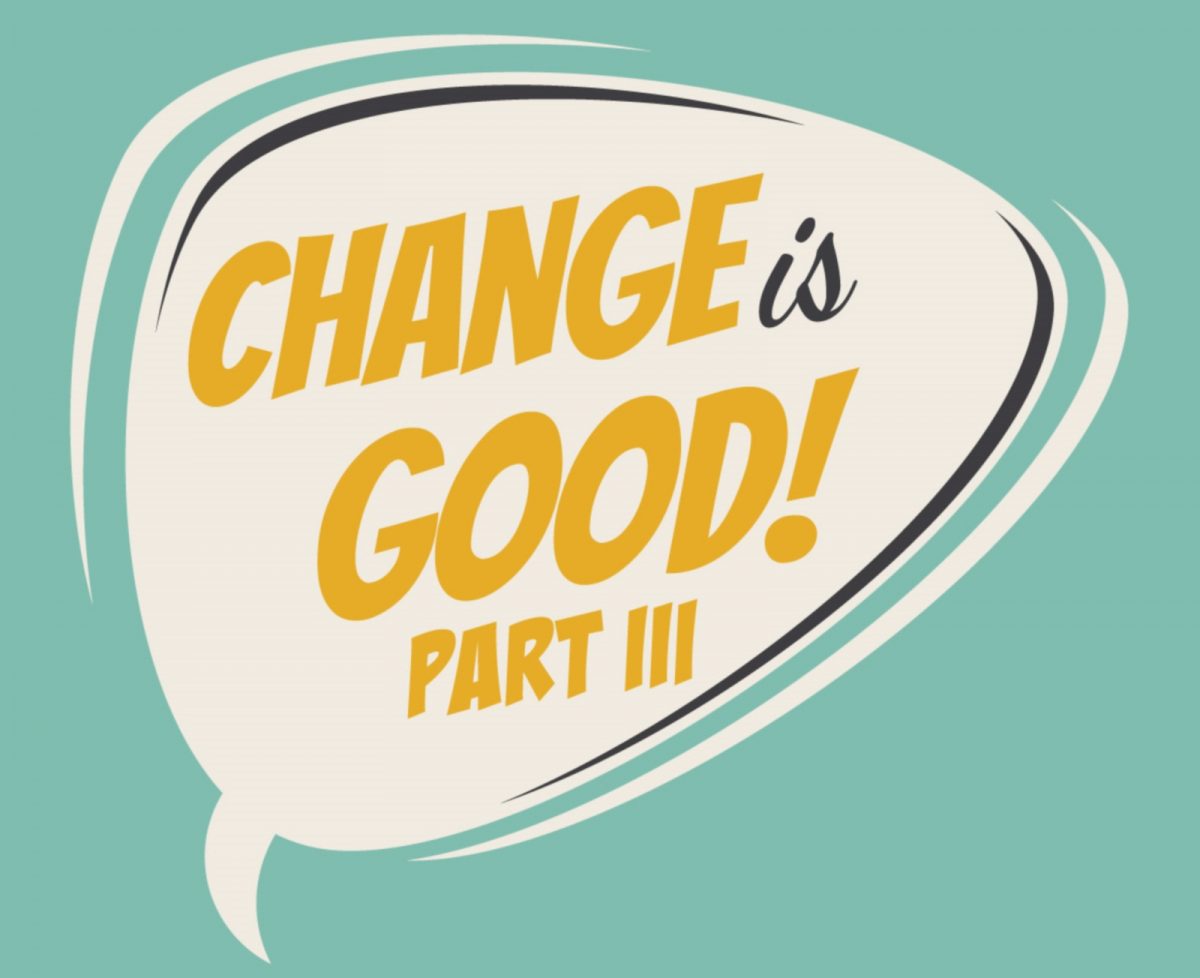Over the last couple of months, we’ve been encouraging you to consider making some changes to your hiring practices in order to foster better outcomes. The use of objective screening tools earlier in the process leads to more successful hires, more satisfied new employees, increased retention rates, and better blending of new employees with existing.
According to a recent study conducted by the Center for Creative Leadership, one of the top leadership development challenges in the next few years will be rapid organizational change. While change isn’t easy, there are some considerations that can make change easier to implement.
PLAN: Take time to understand and articulate the need for change. Identify the key stakeholders for making change, including your change leaders. Assess the commitment to change throughout your organization. Be thorough.
ENGAGE: Engage employees in decisions about change from the beginning. Train managers ahead of time to deal with the different ways employees may react to change. One critical step: identify the key employees who will be most resistant to change. Think of them as your Guardians. Guardians don’t like change, especially if they feel things are working well currently. Guardians like the comfort of familiarity, and they will likely resist any efforts to change. Engage the Guardians by asking key questions that focus on what must stay the same. Remember, your Guardians have your protection in mind, so give them credit that is due. Ask them what must not be changed in order to win their comfort with what will be changed.
For example: When the Guardian wants to protect your integrity, he might say: “We have to background check our applicants.” You can easily agree to this. It’s in your best interest.
When the Guardian needs information in order to make an informed decision, he might say: “We have to see a resume.” You can agree to this. Even though you might not be convinced a resume is the best evaluative tool, most candidates are prepared to give one, and it certainly won’t hurt the process.
Agree with the Guardian where you can, and you’ll go a long way to protect against negativity. Once set free from worry about change to what he or she feels is critical, the Guardian may become the most unlikely of allies in your change efforts.
COMMUNICATE: Communicate clearly about the upcoming changes in the most effective ways. For example, if a person is directly affected by the coming change, be sure to have a personal conversation rather than sending a quick email or memo. If change affects a whole work group, then schedule a meeting with plenty of time for discussion. For the introverts on your team, deliver the news ahead of time to give them time to process before engaging in a conversation.
Here’s an example: “The onboarding process for new employees will be changing on March 24. There will be a meeting to discuss this change on March 5. During the following week, HR will have office hours and schedule meetings with individuals to walk you through the process. Any questions? Email Amy at amy@ourhr.com and she’ll get back to you within 48 hours.” In that short statement you have introduced the change, scheduled the meeting, assured the employees they will have multiple, private opportunities to discuss the change. And of course, this will come as no surprise to your Guardians, as you’ve already cleared the way with them.
EVALUATE: Before you implement change, identify a method of evaluation so that you can figure out what is working and what isn’t. Change requires resiliency to handle potential setbacks and uncertainty that may accompany change. Your confidence will not only help you lead others through the change, but will help your employees embrace the change as well.
Change is daunting, to be sure, but worth it. Change is an opportunity to help your company and those you employ be better and do better. In the words of Chip Heath, co-author of Switch: How to Change Things When Change Is Hard, “A good change leader thinks, How can I set up a situation that brings out the good in these people?” Plan, Engage, Communicate and Evaluate your way through change in order to bring out the good in everyone on your team.
Sources and Suggested Reading:
Navigating Change: A Leader’s Role (Center for Creative Leadership)


